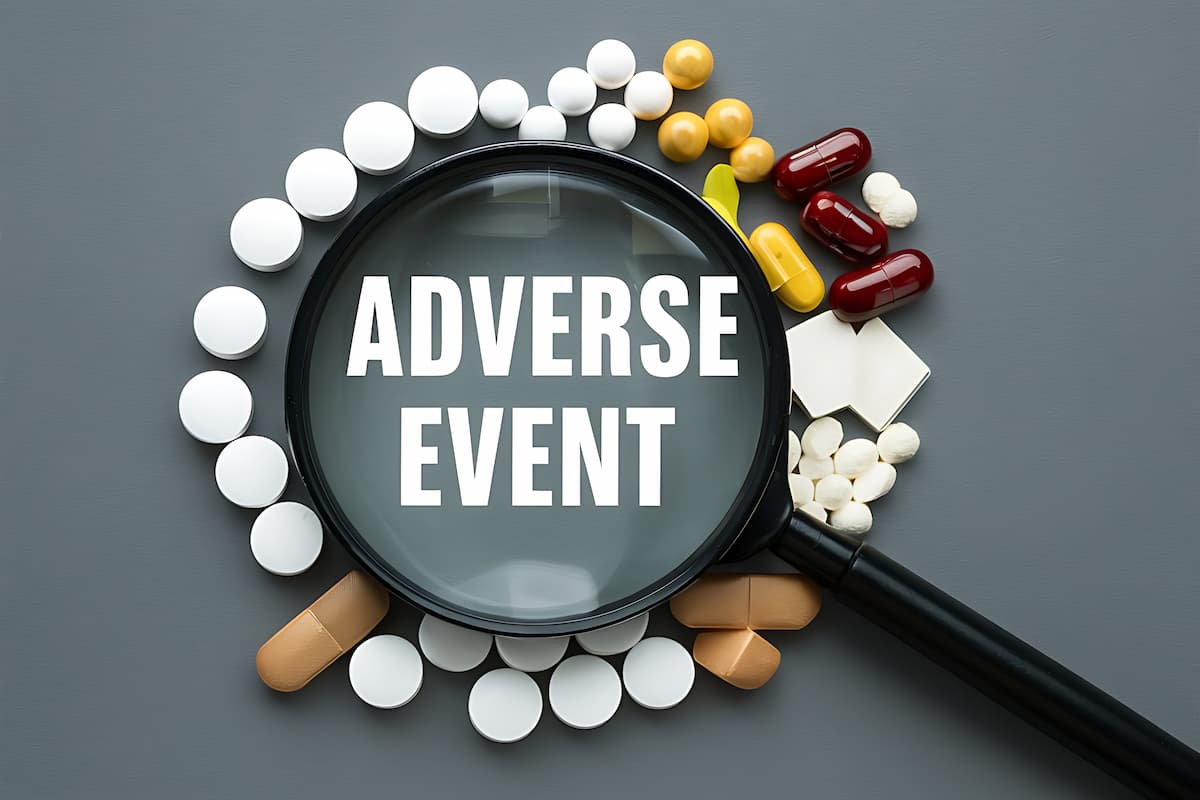Imagine working a double shift, juggling patient emergencies, and reaching for the wrong vial because two drug names look nearly identical. That’s the reality behind look-alike, sound-alike (LASA) medication errors. Even with all the attention they receive, LASA errors remain a persistent threat. On average, a full time nurse administers more than 3,400 medications per year, creating thousands of opportunities for mix-ups.
Why LASA Medication Errors Are So Dangerous
LASA drugs are a well documented cause of medication errors. The World Health Organization cites LASA errors as a leading safety concern, contributing to at least one death per day and injuring 1.3 million people each year in the U.S. alone. With more than 20,000 prescription drug products on the market, many with confusingly similar names, hospitals face an ongoing challenge. While technology such as barcode scanning provides important safeguards, labeling remains one of the most effective frontline defenses. Properly designed labels give healthcare providers an immediate, visual confirmation that reduces the chance of a mistake before a medication ever reaches the patient.
The Role of Labeling in LASA Error Prevention
Labels are a vital tool in creating clear distinctions between medications that might otherwise be confused. Several proven design strategies improve recognition and reduce LASA risk:
- Tall Man Lettering - capitalizing portions of look-alike names like ATRAcurium or hydrALAZINE labels draws attention to differences that can prevent a dangerous substitution.
- Color Coding - using the color guidelines recommended by ASTM aids in the safe dispensing of user-prepared medication syringes, helping the staff instantly identify drug classes or risk categories, even in hectic environments.
- Preprinted Drug Labels - adding drug or anesthesia labels to vials, syringes and IV lines helps staff instantly identify drug classes.
- Bold Fonts and Strategic Spacing - Readable, well-designed labels reduce cognitive load, supporting rapid recognition.
Together, these labeling techniques create a safer, more intuitive medication handling process.
Where Labels Complement Barcode Scanning Systems
Although hospitals rely on barcode scanning to verify medication dispensing and administration, labels serve as a reliable human-readable backup.
- Support Hybrid Workflows - labels and scanning are complementary, ensuring both manual checks and automated systems reinforce each other.
- Reduced Overreliance - Labels encourage staff to remain actively engaged in verifying medication identity rather than solely depending on automation.
- Reliable Back-up - When system outages occur due to technology malfunctions, cyber attacks or natural disasters, clear labels provide immediate verification and a reliable back-up.
Best Practices from Joint Commission and ISMP
The Joint Commission and the Institute for Safe Medication Practices (ISMP) recommend labeling as a key strategy to reduce LASA risks. Here are a few of the their recommendations:
- Identify Risks - ISMP publishes ongoing lists of confused drug name pairs, including recommended Tall Man lettering. These resources help organizations stay alert to evolving LASA concerns.
- Localize for Your Facility - The Joint Commission recommends each hospital develop its own LASA list based on medications in use and internal error reports, and update it annually as required under standard MM.01.02.01.
- Label Effectively - use clear signage in medication rooms, ensuring staff can distinguish look-alike drugs at a glance.
Following these best practices strengthens risk-reduction efforts and helps prevent medication errors tied to LASA drugs.
Why Customization Matters in Medication Labeling
Every hospital has unique LASA risks based on its most frequently used medications. While preprinted options address many common drugs (UAL stocks numerous LASA items), custom labeling solutions provide added protection.
- Tailored for High Risk Drugs - Custom labels can highlight the unique medications most often confused in your facility.
- Integrated With Workflows - Labels can be designed to fit medication carts, bins, and automated dispensing systems.
- Specific To Your Protocols - Consistent formats ensure staff across shifts and units use the same safety cues.
Customization enhances safety by aligning labels with your institution’s exact needs.
United Ad Label Supports Safer Labeling Practices
UAL provides labeling solutions designed specifically to enhance patient safety and support LASA error prevention in healthcare organizations.
- Compliance alignment - UAL products align with Joint Commission and ISMP recommendations for medication safety.
- Durability and reliability - Materials used for LASA labels are designed to withstand clinical environments which ensure labels stay legible and intact during use.
- Custom options - for hospital specific high risk drugs and other unique processes.
UAL’s labeling solutions are a proactive tool that helps to reduce LASA medication errors and protect patients. Contact us to learn more.
